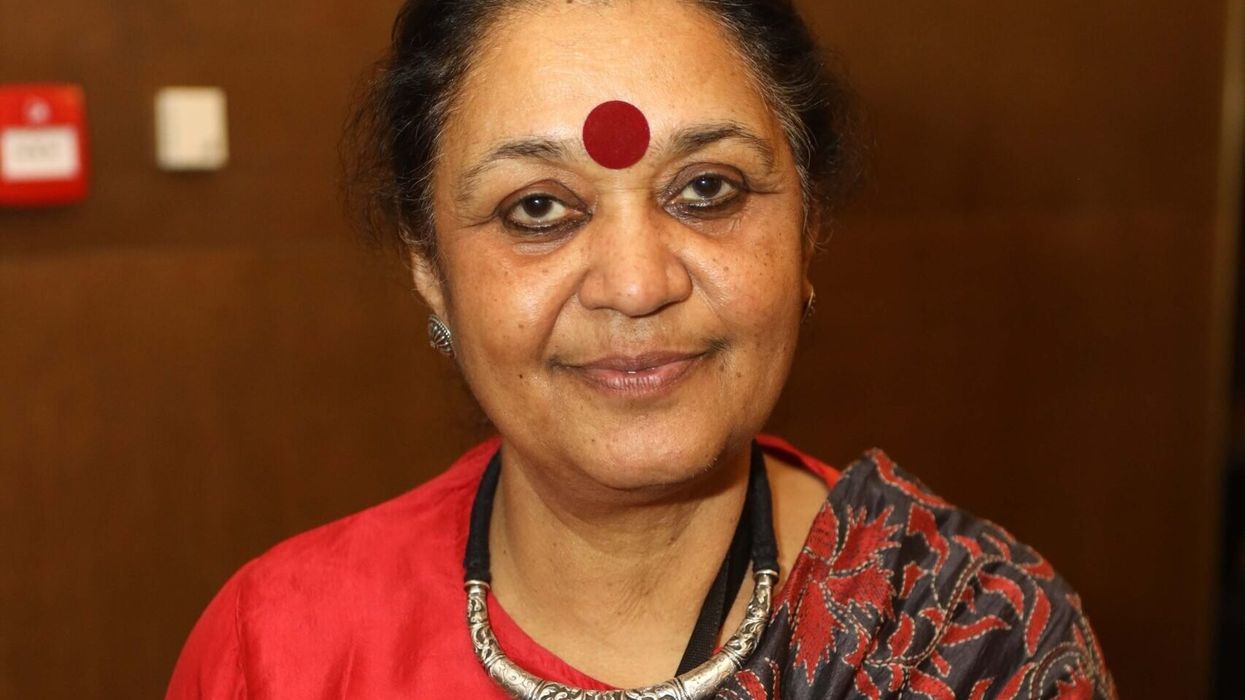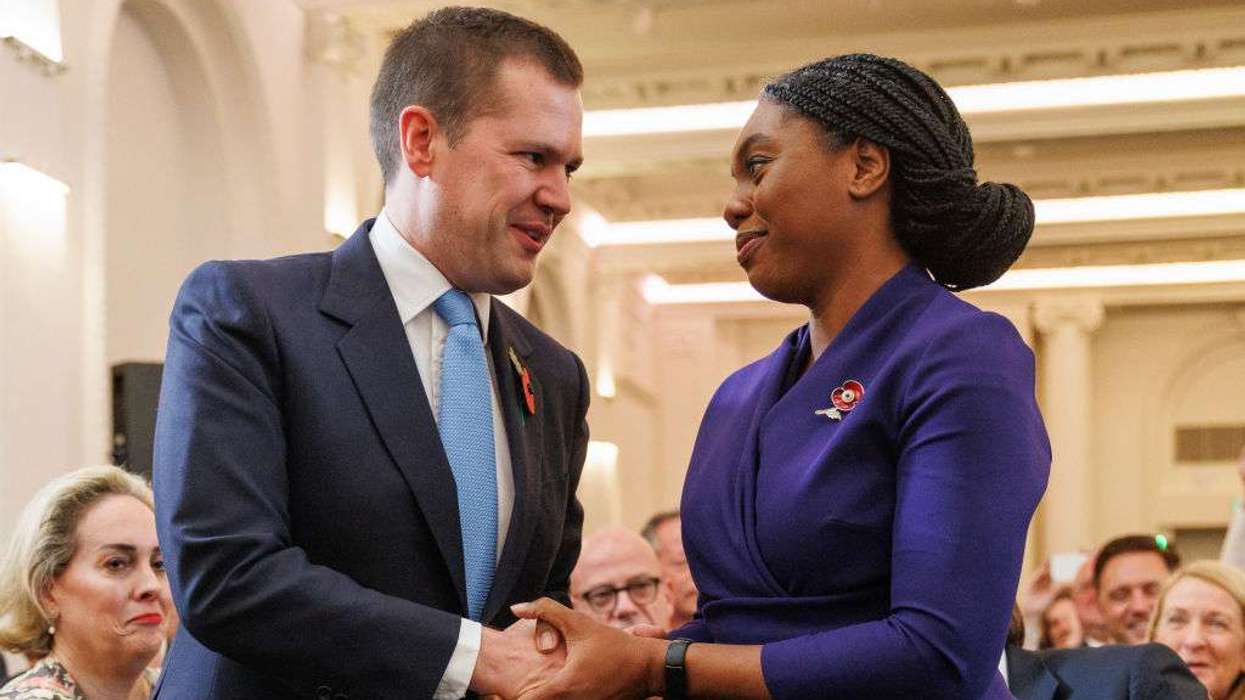FRANKIE GOES TO BOLLYWOOD, a musical, is currently on show at the South Bank Centre.
Unusually for an ethnical minority programme, Queen Elizabeth Hall has been booked for 15 days. So, who is the audience? Obviously, Indians or south Asians alone would not have filled this hall at a prominent centre of British art.
Indians are the largest migrant community in the UK, and India is the largest market for British trade. Culture is the most robust conduit to protect this living relationship. And Frankie Goes to Bollywood is a good symbol for that.
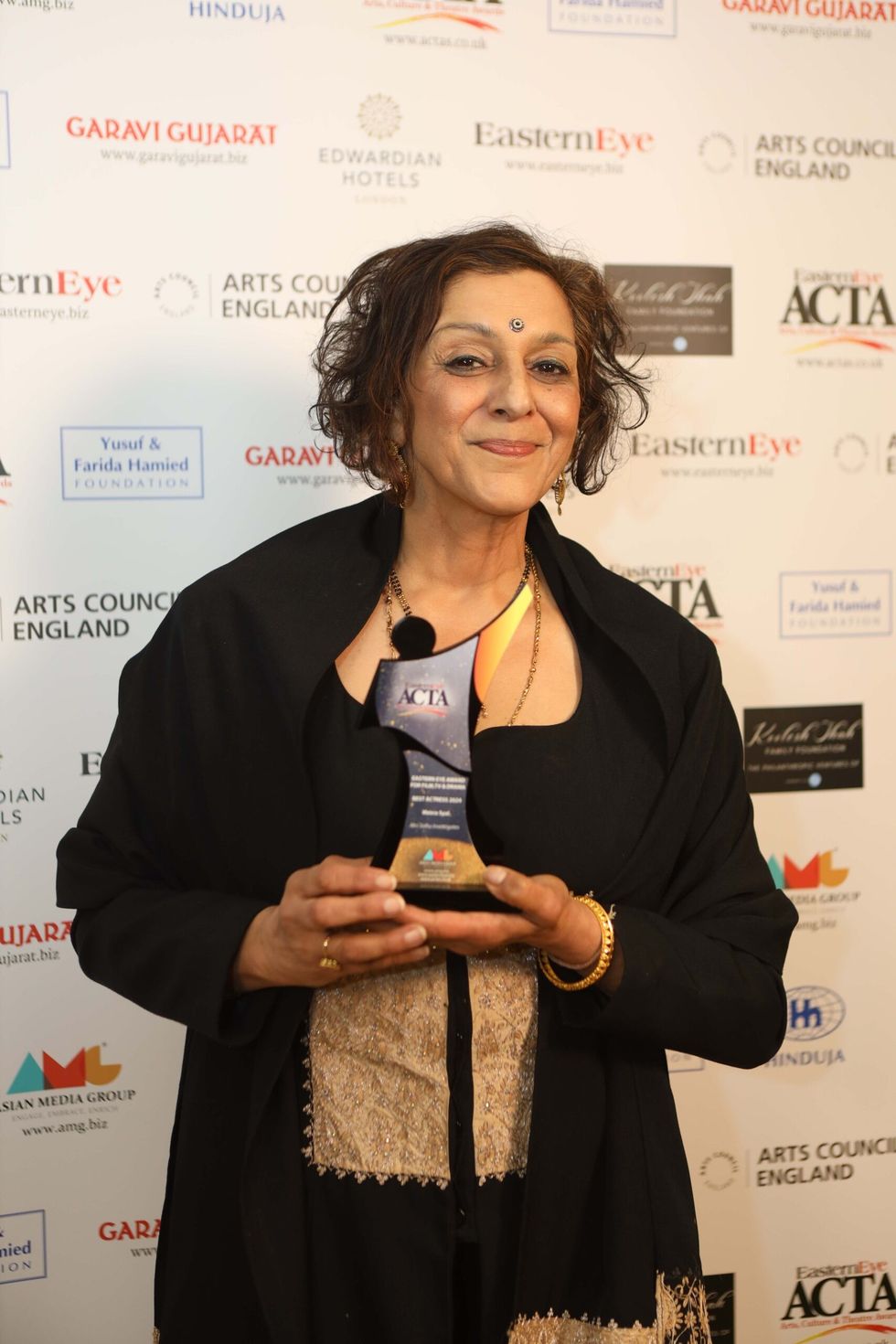
India’s cultural imprint in the United Kingdom is as diverse as it is profound. King Charles himself is a patron of the British Asian Trust and has been active in validating this influence.
A visit to the British Council India website would suggest its calculated transformation into a marketing portal for the UK education industry. The portal presents the country as an English language coaching centre, targeting middle-class students from second-tier Indian cities who are pouring into Britain to pursue higher education.
This prime British institution is chasing and grooming future decision-makers of India, an emerging global power. No wonder India is now the single largest country to supply students to UK universities, with China in second place, providing vital financial support to these institutions.
This Indian-British interaction significantly impacts the cultural demography and the future direction of mainstream arts organisations.
Eastern Eye’s Arts, Culture and Theatre Awards (ACTA) are a manifestation of this reality.
India has traditionally provided a vast number of health workers and teachers to the UK.
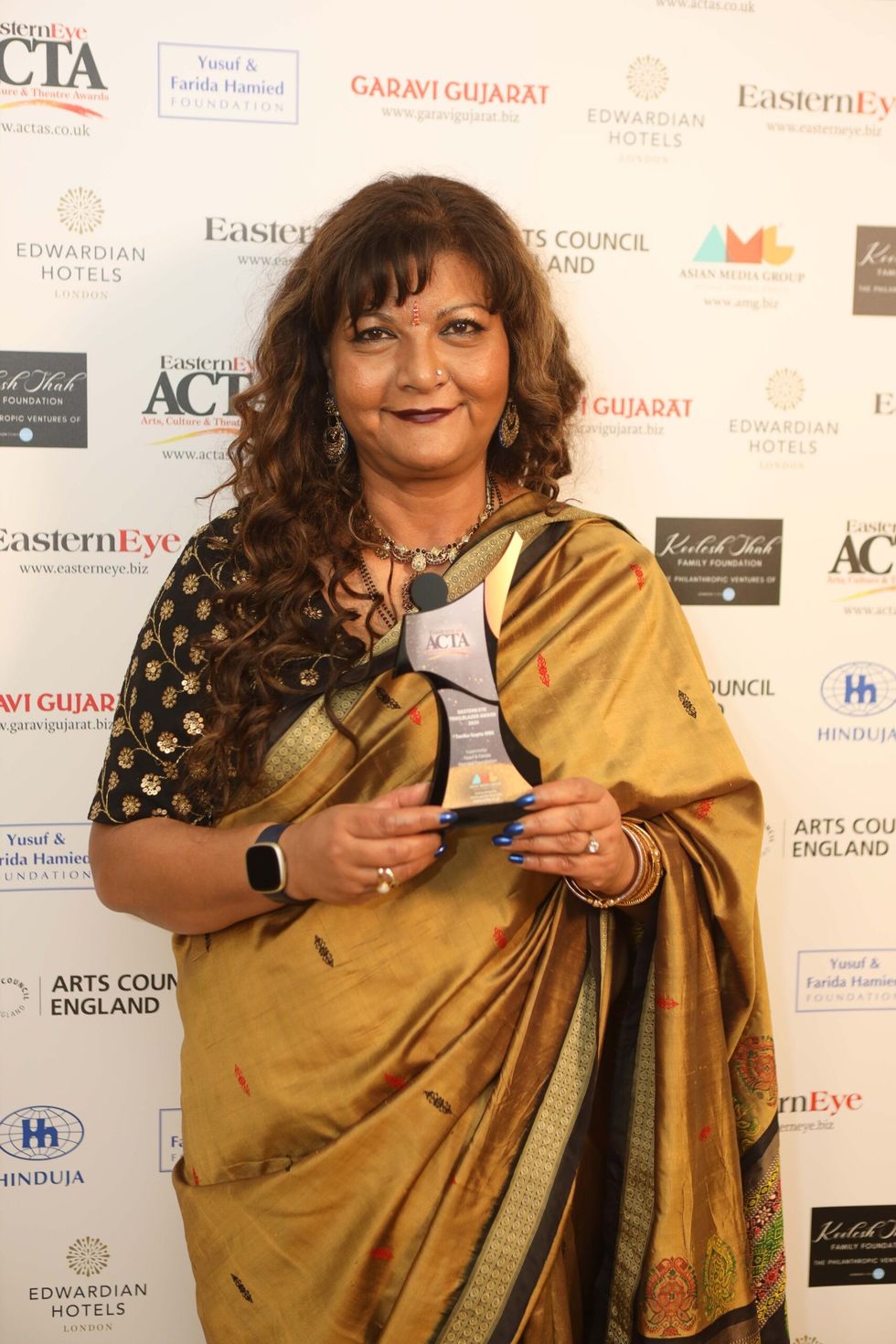
But this former British colony is now also sending a large number of computer engineers and other technology professionals to the country.
The Indian community here is relatively young. According to the 2021 census, 16.9 per cent of people from the Indian ethnic group were between the ages of 18 and 24, making it the highest of all five Asian ethnic groups in the UK.
Indo-UK cultural relations were established before Vasco de Gama discovered India in 1498. The East India Company’s Wiliam Hawkins arrived in the court of Mughal emperor Jahangir in 1608, laying the foundation of cultural ties for the next 400 years.
The relationship shaped by centuries of rule, trade, migration, and cultural exchanges has profoundly impacted British culture. The colonial Britons brought back wealth, cultural influences, goods and ideas that would impact their aesthetics and values back home.
Assets brought from India are still visible in museums and antique markets across the UK. Indian architecture has also put its stamp of influence on this country, with Sezincote Palace and the Brighton Pavilion as just two examples of that.
Though British narratives have been fragmented through an educational amnesia about its colonial history, Indian influence is visible in various everevolving aspects of British life, impacting all five human senses – from cuisine, fashion, language and literature, to performing arts. Indian multiculturalism, ayurveda, yoga, philosophy and spirituality are other Indian influences enhancing the British culture.
A significant milestone in this context was the introduction of spices into British cuisine during colonial times. Now it is hard to imagine dishes in this country without spices.
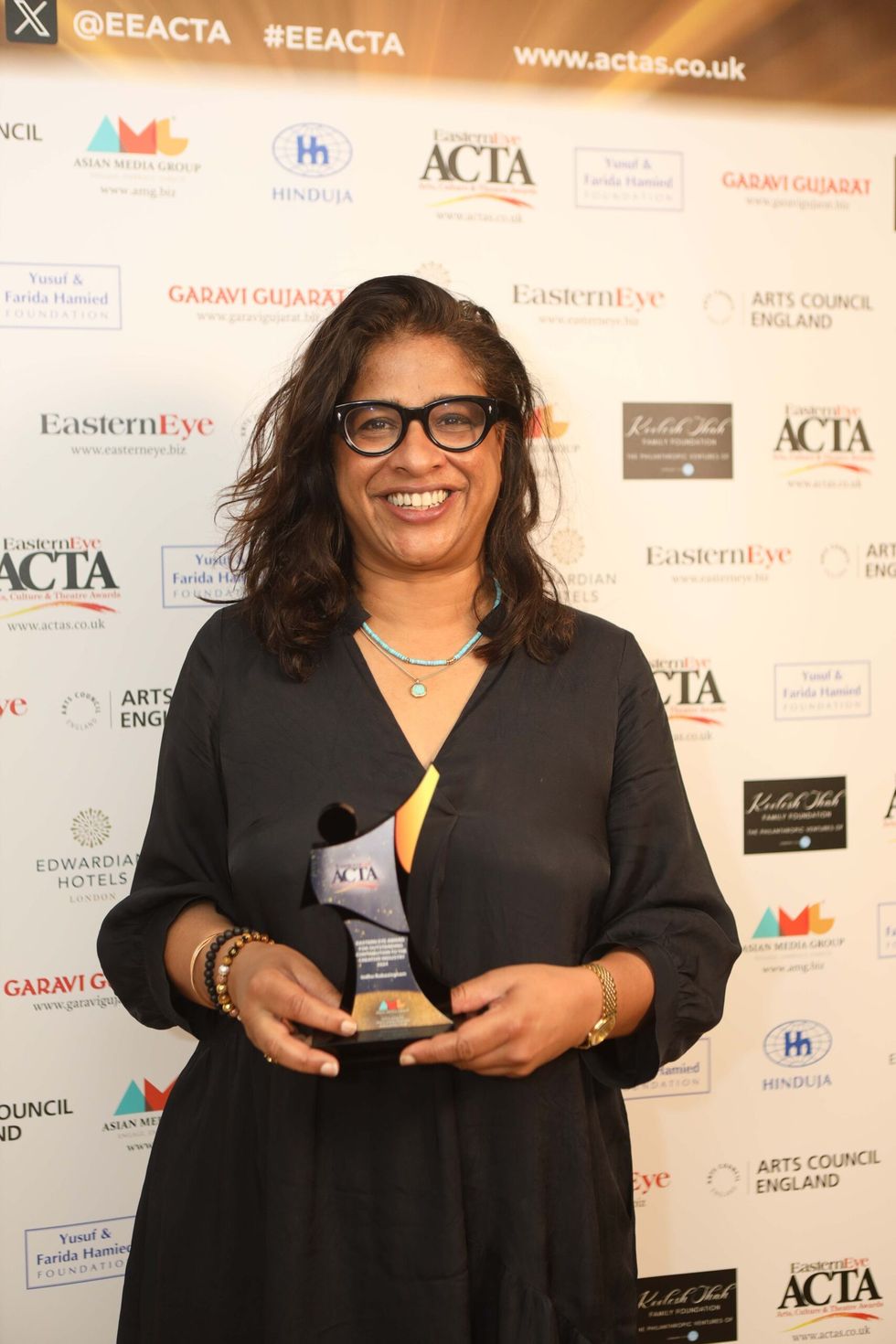
Indian textiles like cotton, cashmere, and silk, and designs like paisley remain staples in British fashion and design. The use of vibrant colours, intricate embroidery and traditional Indian jewellery is now part of this cultural legacy. Zandra Rhodes is a key Indianised influencer in the design industry.
The popularity of Indian music in Britain has grown tremendously in the past 50 years. Beginning with the Beatles and sitar maestro Pandit Ravi Shankar, the fusion of Indian and British sounds is evident on the music scene.
BBC Proms are now unthinkable without Indian music programmes.
Sheila Chandra’s Monsoon, Cornershop’s hit single Brimful of Asha and Talvin Singh’s Mercury Prizewinning OK are some significant moments in the British music scene, bringing Indian influences on the mainstream and highlighting the growing presence of British Asian artists in the UK music industry.
The 1990s saw another intriguing cultural crossover with the “bindi craze,” popularised partly by Madonna. Indian women no longer had to explain the coloured dots on their foreheads.
Bollywood, India’s vibrant Hindi-language film industry, has also had a significant and lasting impact on British entertainment.
Also, the global success of Gandhi (1982) and Slumdog Millionaire (2008), Bollywood-themed Strictly Come Dancing performances and pop stars like Gareth Gates participating in Bollywood-inspired charity events are examples of that.
Organisations such as Akademi – South Asian Dance UK have been leading the promotion of Indian classical and contemporary dance in Britain. These performances, often staged in public spaces and festivals, celebrate rich traditions of Indian dance, while also experimenting with modern forms.
The impact of Indian culture on British television is also evident in comedy. Goodness Gracious Me and Citizen Khan were groundbreaking shows in portraying British Asian life through sharp, satirical humour, which tackled issues of identity, race, and the immigrant experience.
Integral to this cultural influence are figures like Indhu Rubasingham, Tanika Gupta, Pooja Ghai, Meera Syal, and Sanjeev Bhaskar, who are pioneers in bringing British Indian narratives to theatre audiences. Shobana Jeyasingh, Aakash Odedra and Akram Khan have created some of the best British contemporary dance shows.
Musicians like Anoushka Shankar, Nitin Sawhney, Talveen Singh, and Shrikanth Sriram have woven Indian sounds with contemporary British music. At the same time, visual artists like Anish Kapoor, Chila Burman, the Singh Sisters, and Raqib Shaw have brought Indian aesthetics to the British art scene.
There’s no doubt that India’s cultural contributions have enriched Britain’s multicultural landscape, creating a legacy celebrated across generations.
